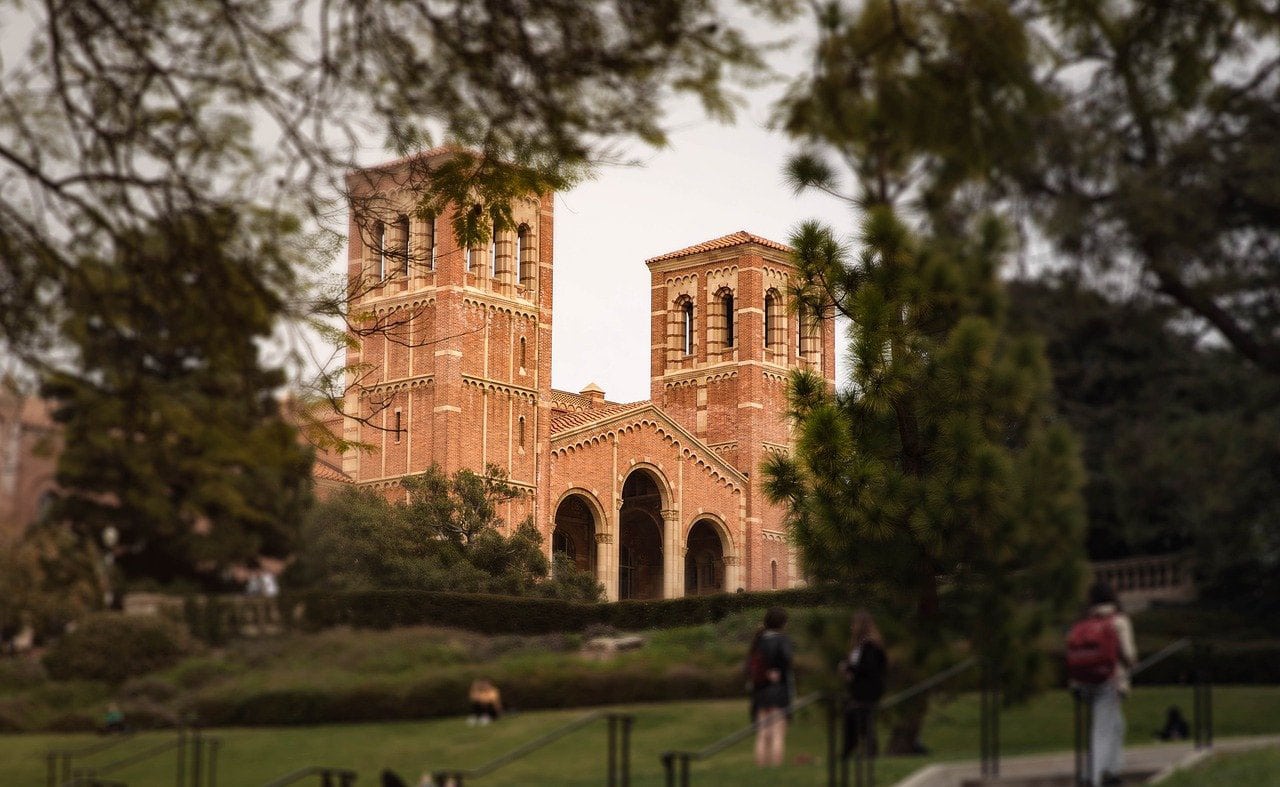On May 6, 2003, 16 American soldiers of a special unit searching for Iraqi weapons of mass destruction entered the flooded basement of Saddam Hussein’s intelligence headquarters in Baghdad.
While the soldiers found no nuclear or chemical arms, they did discover 2,700 books and tens of thousands of documents pertaining to the lives and history of the Iraqi-Jewish community from 1524 to the 1970s.
The historical trove was slowly disintegrating under 4 feet of water, so U.S. authorities in Iraq sent an urgent request to Washington for top conservation experts.
One week later, Doris Hamburg, director of preservation programs at the National Archives, arrived in Baghdad and was taken to the flooded basement. “When we opened the trunks where the documents were stored, we were hit by an overpowering moldy smell,” she recalled in a phone interview.
On Sept. 4, an exhibition including 23 of the recovered items, along with videos of the painstaking restoration effort, will open at the Richard Nixon Presidential Library and Museum in Yorba Linda.
The 2,000-square-foot exhibition, “Discovery and Recovery: Preserving Iraqi Jewish Heritage,” will continue through Nov. 15 at the Orange County site.
Among the show’s highlights are a Hebrew Bible with commentaries published in 1568, a Babylonian Talmud from 1793, a hand-lettered and decorated haggadah, and a lunar calendar in Hebrew and Arabic.
One section of the exhibition shows how the moldy mass of material was saved by the National Archives experts. “Every page had to be vacuumed, freeze-dried, preserved and digitized,” Hamburg said. On the Sept. 4 opening day, Hamburg will give a free public lecture at 10 a.m. at the Nixon Library.
 After restoration: Passover Haggadah from Vienna, 1930. Photo courtesy of the National Archives and Records Administration
After restoration: Passover Haggadah from Vienna, 1930. Photo courtesy of the National Archives and Records Administration
The exhibition is of particular significance to the roughly 3,000 Jews of Iraqi descent in Los Angeles, who make up the largest concentration among the estimated 18,000 to 20,000 Iraqi Jews in the United States. Other sizable communities are in New York City; Washington, D.C.; Arizona; Connecticut; Florida; and New Jersey.
The spiritual center of the Los Angeles community is Congregation Kahal Joseph, a Sephardic synagogue on the city’s Westside. It has a membership of some 400 families, about 90 percent of which are of Iraqi descent, with the remainder from Burma, Indonesia, India and Singapore.
After a number of years without a spiritual leader, Kahal Joseph welcomed Rabbi Raif Melhado to its pulpit last month.
The congregation’s former president and current chairman of the board is Joseph Dabby, who said he lobbied intensively to bring the exhibition to Los Angeles after it had been shown in New York;, Washington, D.C.; and Kansas City, Mo.
Asked why the exhibition venue would be located in Yorba Linda rather than at a central Jewish site in Los Angeles, Dabby said he had asked the Skirball Cultural Center and the Museum of Tolerance of the Simon Wiesenthal Center to host the show but was turned down by both.
Skirball museum director Robert Kirschner explained, “Of the many exhibitions proposed to us, unfortunately we can present very few. The museum gave this exhibition serious consideration several years ago, and I subsequently went to see it in in New York City. While it is a worthy exhibition, our decision was that it did not resonate closely with the Skirball’s mission, which focuses on the American-Jewish experience.”
At the Museum of Tolerance, director Liebe Geft stated that no one at the museum had been contacted about the exhibition.
She added that potential exhibits are judged on whether the subject matter and content are consistent with the museum’s mission, as well as with the logistics and available space. Currently, she said, the new Anne Frank installation is occupying all available space.
Dabby’s greatest concern, however, is whether the thousands of books, documents and artifacts will remain in the United States or be returned to the government in Baghdad, as was stipulated in the initial agreement allowing the transfers to the U.S. National Archives.
Given the unsettled conditions in Iraq and the presence of the Islamic State, with its penchant for destroying ancient monuments and historical religious artifacts, Dabby asked how anyone could guarantee the survival of the Iraqi-Jewish collection. His question was echoed by Maurice Shohet, the Washington-based president of the World Organization of Jews From Iraq.
“All the books and documents were taken forcibly from the Jewish community by Saddam Hussein’s regime, and they still belong to us,” Shohet said. “I don’t know what the State Department plans to do, but at this time, it seems to be postponing any decision.”
The Journal asked the State Department for its view, and the same day received a lengthy response from spokesman Michael Lavallee, who made the following points:
As agreed to by the Iraqi government, the Iraqi Jewish Archive (IJA) is in the temporary custody of the National Archives and Records Administration (NARA) for conservation, preservation, digitization and exhibition in the United States.
In May 2014, the Iraqi government extended IJA’s stay in the United States to allow its exhibition in more cities. After its Nixon Library display, the exhibit is due at the Jewish Museum of Florida in Miami Beach in December.
There are no definite plans for subsequent exhibits, but the United States “remains committed to the return of the IJA to Iraq, as per prior agreement,” Lavallee stated.
To the Journal’s question regarding the security of the IJA material should it be returned to Iraq, Lavallee responded diplomatically: “We will continue to partner with the Government of Iraq in countering the threat that [Islamic State] poses to the Iraqi people and heritage. Iraqi forces continue to make progress against [Islamic State] and it is impossible to speculate what the security situation would be at the point in the future when the collection would return to Iraq.”
Admission tickets to the Nixon Library ranges from $11.95 for adults to $4.75 for children. For additional information, visit ” target=”_blank”>ija.archives.gov.





















 More news and opinions than at a Shabbat dinner, right in your inbox.
More news and opinions than at a Shabbat dinner, right in your inbox.